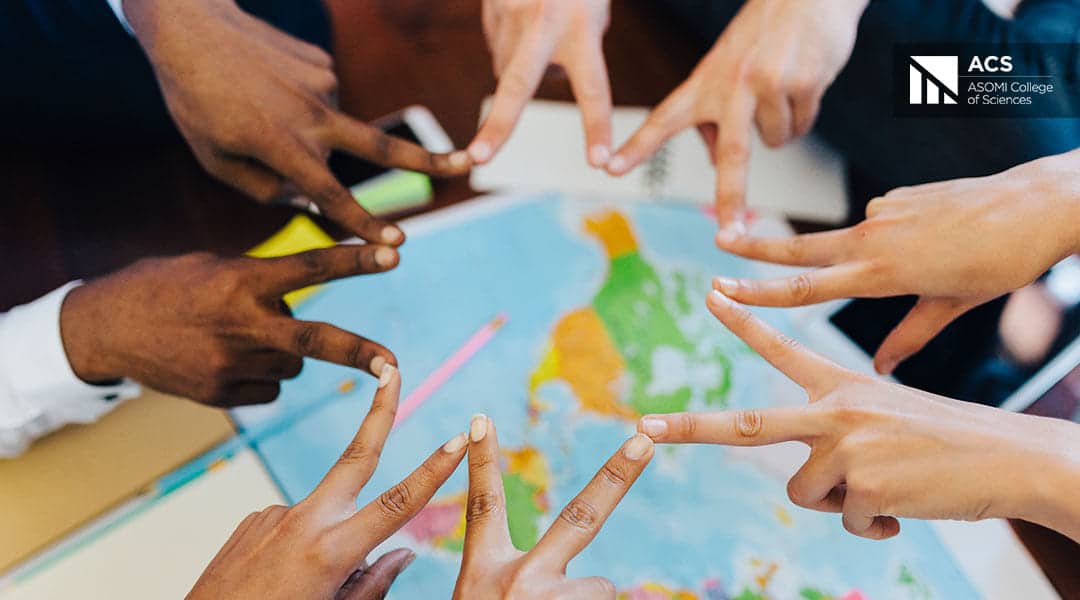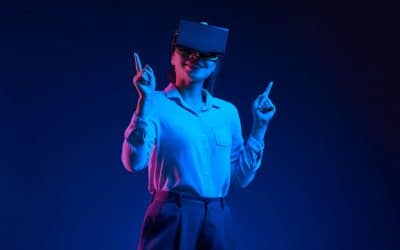Introduction
In the rich tapestry of higher education, the amalgamation of cultural and ethnic diversity is not just a goal—it’s an imperative. This article ventures into the transformative realm of inclusive teaching in Higher Education Institutions (HEIs), unravelling the pivotal role it plays in fostering an environment where every student feels seen, heard, and valued. Moreover, inclusive policies at ACS – ASOMI College of Sciences and their implementation following UNESCO’s Sustainable Development Goals (SDGs) are discussed.
Recognizing the Mosaic of Student Identities
Understanding the diverse backgrounds that students bring to the academic arena is foundational to inclusive teaching. From cultural nuances to varying learning styles, our approach acknowledges the mosaic of student identities. In this section, we navigate the intricate interplay between cultural diversity and effective teaching strategies.
Embracing Multicultural Pedagogy
The traditional one-size-fits-all approach is no longer valid in the dynamic landscape of schooling, including higher education. Multicultural pedagogy involves integrating diverse perspectives into the curriculum, ensuring representation across disciplines. At ACS College we offer international networking possibilities implemented through our abroad internship opportunities. This innovative educational approach not only enriches the learning experience but also prepares students for a globally interconnected world.
Cultivating Inclusive Learning Spaces
Creating an inclusive environment goes beyond curricular adaptations. Therefore, inclusive learning spaces within HEIs are extremely important. From designing culturally sensitive classrooms to fostering open dialogues, inclusive learning spaces transform academic settings into welcoming hubs of diversity.
Facilitating Cross-Cultural Dialogue
The heart of inclusive teaching lies in facilitating cross-cultural dialogue. Our exploration illuminates the importance of fostering conversations that transcend cultural and ethnic boundaries. We at ACS – ASOMI College of Sciences implement the strategies that empower students and educators alike to engage in meaningful exchanges, cultivating mutual understanding and respect.
Bridging the Cultural Gap with Technology
In the digital age, technology becomes a powerful ally in bridging cultural gaps. This section explores how leveraging educational technology can enhance communication and collaboration among culturally diverse student populations. From virtual collaboration tools to online forums, discover the tech-driven avenues that promote inclusivity. At ACS we offer online courses and digital tools to embrace diversity and facilitate learning.

Assessing Cultural Competency in Teaching
To truly embrace diversity, educators must possess cultural competency. Our analysis scrutinizes the concept of cultural competency in teaching, outlining the skills and awareness necessary to navigate a culturally diverse classroom. Gain insights into professional development programs that empower educators to excel in diverse academic landscapes.
UNESCO’s Sustainable Development Goals (SDGs) at ACS college
Moreover, in order to implement cultural and ethnic diversity as well as gender equality, ACS – ASOMI College of Sciences follows UNESCO’s Sustainable Development Goals (SDGs). The following is a brief description of UNESCO’s SDGs implementation policies in the higher education sector.
What are UNESCO’s Sustainable Development Goals (SDGs)
- The Dynamics of UNESCO’s Educational Framework
Decoding Key Initiatives
UNESCO’s alignment with the SDGs signifies a commitment to address multifaceted challenges, from eradicating poverty to fostering gender equality. This interconnected approach ensures a holistic educational experience that transcends traditional boundaries.
- UNESCO’s Impact on Global Education
Bridging Socio-Economic Gaps
UNESCO’s initiatives actively bridge socio-economic gaps by emphasizing education as a tool for empowerment. By prioritizing marginalized communities, their framework contributes to a more equitable world where education becomes the great equalizer.
- Technological Integration for Inclusive Learning
In an era dominated by technology, UNESCO’s foresight in integrating digital advancements into education ensures that no student is left behind. This strategic embrace of technology transforms classrooms into dynamic hubs of interactive and personalized learning experiences.
ACS and SDGs
At ACS – ASOMI College of Sciences we respect cultural and ethnic diversity by implementing inclusive educational approaches. We adopt these higher education teaching methods by following the UNESO’s Sustainable Development Goals (SDGs).
Conclusion
In the ever-evolving landscape of higher education, the pursuit of knowledge is intrinsically linked to the celebration of diversity. As we navigate the realms of multicultural pedagogy, inclusive learning spaces, cross-cultural dialogue, and technological bridges, we pave the way for a future where higher education transcends boundaries and embraces the richness of cultural and ethnic diversity. UNESCO’s educational framework serves not only as a guideline but as a catalyst for global transformation. By delving into the intricacies of their vision and initiatives, nations can glean valuable insights to propel their educational systems towards excellence. We try to implement all these strategies at ACS – ASOMI College of Sciences for more inclusive and global teaching and training approaches in the higher education field.




